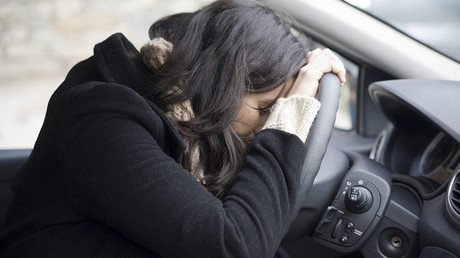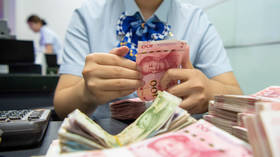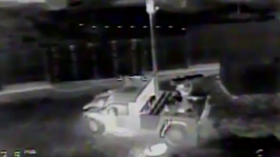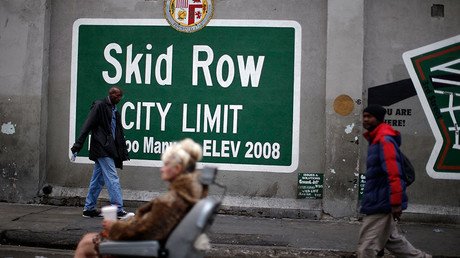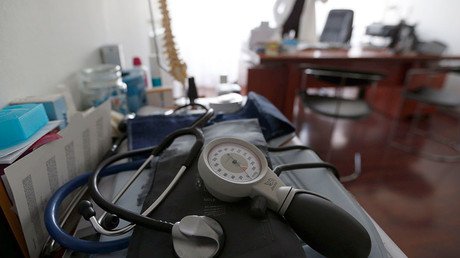'Silicon Valley paradox': 1 in 4 at risk of hunger in California's wealthy playground, report says

It's home to Facebook, Apple, Google and their respective millionaires and billionaires. It's famed for its genius innovators and start-ups. However, a new study has shown a darker side to Silicon Valley, where one in four people are at risk of hunger.
The idea that some are dining on fancy steaks and rare bottles of wine while others are struggling to put even the most modest ingredients on the table may come as a shock in a region known for its cool tech offices and famous figures including Facebook's Mark Zuckerberg. However, these are exactly the details explained in a new study by Second Harvest Food Bank which was provided to the Guardian.
The study by the local food bank suggests that 26.8 percent of the population, almost 720,000 people, are considered "food insecure." That term is defined as those who miss meals, rely on food banks or food stamps, borrow money for food, or neglect bills and rent in order to buy food. Nearly one-quarter of those are families with children.
“We call it the Silicon Valley paradox,” said Steve Brennan, Second Harvest Food Bank's marketing director. “As the economy gets better we seem to be serving more people.” The food bank – the only one serving Silicon Valley – has seen a 46 percent spike in demand since the recession, according to the Guardian.
A normal month sees the non-profit providing meals for some 257,000 people. That's a major undertaking, even for Second Harvest, which happens to be one of the largest food banks in the country, boasting a 75,000 sq ft (6,967 square meter) warehouse.
But it's not just food insecurity hitting the area's most vulnerable. There's also a housing crisis which has been made worse as more and more wealthy tech firms move in, according to the Guardian. For example, Silicon Valley's Santa Clara County has reached a new median price high of $1.125 million, and a family of four making a combined $84,750 in the county is now considered low income according to the US government. On top of that, the actual supply of houses in the area is shrinking – so even if you can afford one, you'll have a hard time getting one.
Facebook CEO Zuckerberg recognized America's overall wealth inequality in May during a commencement speech at Harvard. "We have a level of wealth inequality that hurts everyone," he said. In Silicon Valley, where the tech chief lives, it seems that inequality is hurting some more than others.
However, the knowledge isn't new that some longer-term Silicon Valley residents are struggling. A 2016 report also found that nearly 30 percent of the area's residents rely on public or private assistance.
